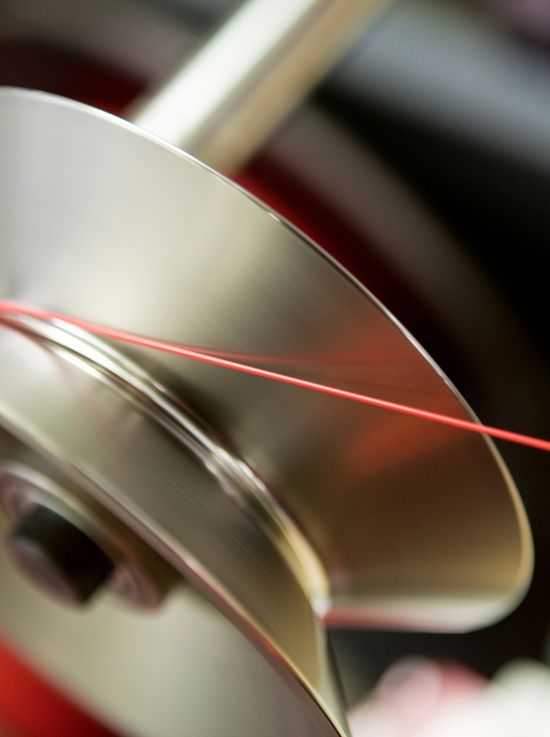Automotive industry

Automotive industry: making tomorrow’s mobility a reality through innovation
The automotive sector needs to apply the new environmental standards relating to mobility. The shift from fossil fuels to renewables is having a direct impact on the automotive industry. Existing mobility options need to be replaced exclusively by innovative and sustainable solutions. We are seeing a number of major developments, including a growing number of smart vehicles running on alternative fuels. These advanced technologies require proven, resistant cables meeting high standards of performance.
Challenges facing the automotive sector
Europe has already banned new fossil-fuel vehicles from January 1, 2035. This ban will gradually be extended to other countries and continents. The automotive industry must therefore focus its efforts on finding sustainable mobility solutions that will significantly reduce its carbon footprint and meet new mobility needs.
The electric vehicle market has expanded rapidly in recent years. And the trend is set to gather pace, driven by greater environmental awareness, new standards and technological advances. Battery range is improving, and artificial intelligence is contributing to the development of innovative functions. For example, smart vehicles include driving aids to support decision-making, reduce the risk of accidents, and improve interior comfort for both the driver and passengers. Autonomous vehicles are not far away. Whatever lies ahead, electrification will be essential to the vehicles of the future.
For this reason, Nexans has developed an extensive range of special automotive cables, including lightweight, halogen-free versions made of aluminum or alloy and resistant to high temperatures. Our innovations and expertise in the automotive sector are recognized by industry leaders.
Evidence
600,000 tons of copper and 200,000 tons of aluminum are processed every year by our integrated metal production chain.
Nexans solutions
- Develop solutions tailored to new, greener forms of mobility, including lighter, more compact cables, flexible cables with high electromagnetic compatibility (EMC) for hybrid and electric vehicles, and halogen-free flame-retardant cables that are safer and easier to recycle, meeting new environmental standards.
- Innovate to develop new alloys that are lighter, more economical, more efficient and more resistant to high temperatures, including halogen-free flame retardants and fluoropolymers.
- Cut costs with innovative products such as cables made of copper-plated steel or aluminum and new alloys, insulators able to withstand higher temperatures, enabling smaller, optimized cross-sections, cables with small diameters ranging from 0.5 mm2 to 0.22 mm2, and cross-linked insulators that also deliver significant savings.
Our objectives
- Help to create the vehicle of the future.
- Improve the safety and efficiency of systems and components.
- Adapt to environmental standards and new mobility needs through constant innovation.






